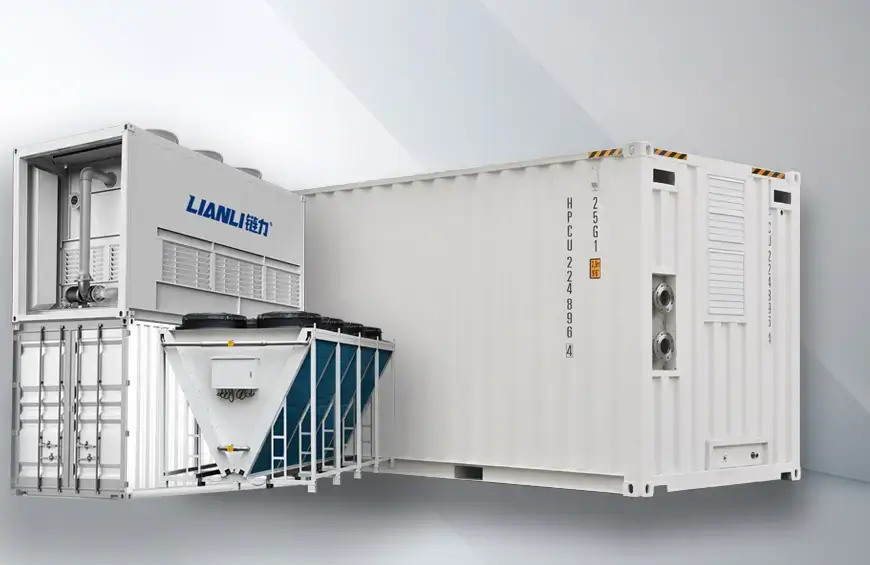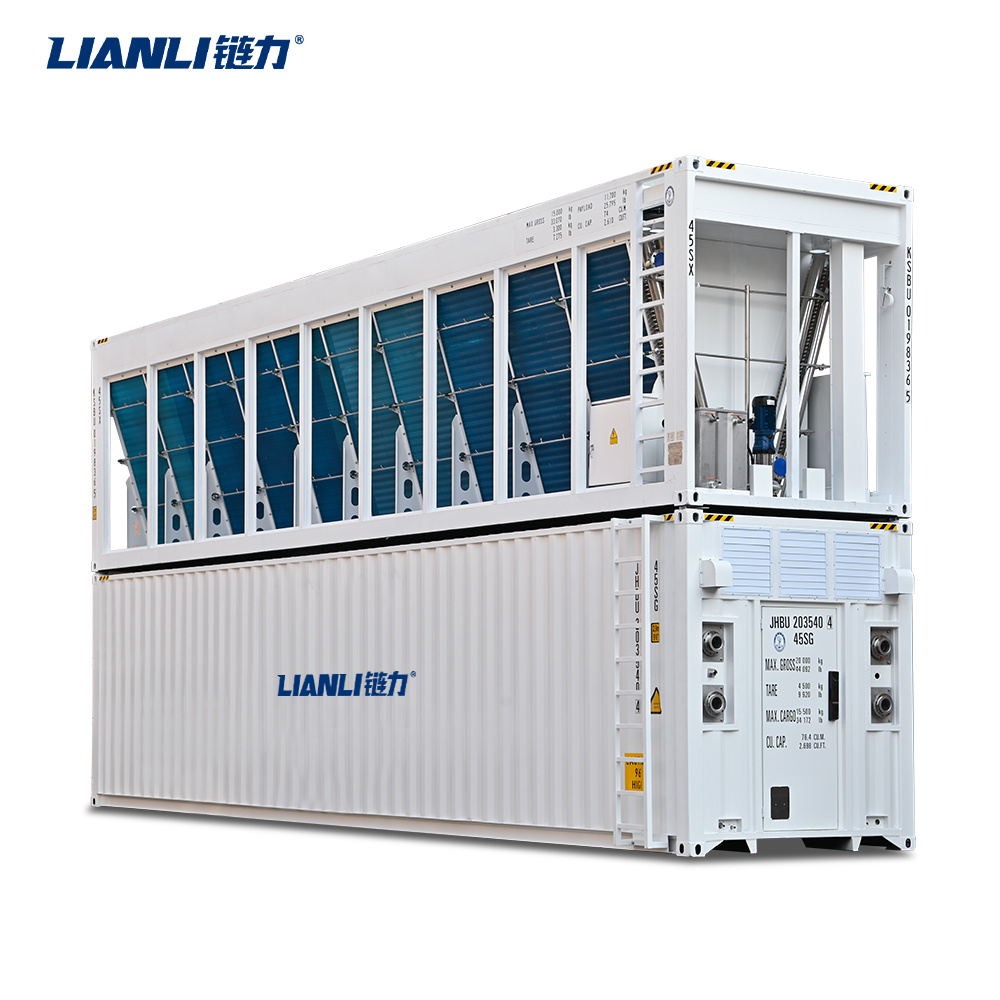In the fast-paced world of cryptocurrency mining, where every watt of power and degree of temperature can make or break profitability, liquid cooling has emerged as a game-changer. Traditional air-cooled setups often struggle with the intense heat generated by ASIC miners and GPUs, leading to reduced performance, higher energy bills, and frequent hardware failures. Enter crypto mining liquid cooling systems—these innovative solutions submerge or circulate coolant around your hardware to dissipate heat more effectively than air ever could. Whether you’re a home miner or running a large-scale farm, understanding liquid cooling crypto mining can help you optimize operations, increase hashrate, and even repurpose waste heat for additional revenue streams.
As of 2025, with Bitcoin halving events pushing miners toward greater efficiency, liquid cooling is no longer a luxury but a necessity for staying competitive. This comprehensive guide explores the types, benefits, setups, and best practices for liquid cooling in crypto mining, helping you make informed decisions to enhance your mining rig’s performance.
Why Liquid Cooling Matters in Crypto Mining?
Crypto mining involves solving complex mathematical puzzles to validate transactions and secure blockchain networks like Bitcoin and Ethereum. This process demands high-power hardware, such as ASICs (Application-Specific Integrated Circuits) that can consume thousands of watts per unit. The byproduct? Massive heat output—up to 100°C or more in poorly cooled environments—which throttles performance and shortens equipment lifespan.
Air cooling, the traditional method using fans and vents, is simple but inefficient for dense setups or hot climates. It leads to dust buildup, loud noise (often exceeding 90 decibels), and uneven temperature control. Liquid cooling addresses these issues by using fluids with superior thermal conductivity to absorb and transfer heat away from components. Result? Miners can run at peak speeds longer, with up to 30-50% improvements in efficiency and reliability.
According to industry leaders, liquid cooling can reduce power consumption by 5-10% while enabling overclocking for higher hashrates. It’s particularly vital for Bitcoin mining, where heat management directly impacts profitability amid rising energy costs and network difficulty.
Types of Liquid Cooling Systems for Crypto Mining
Liquid cooling crypto mining isn’t one-size-fits-all. There are two primary categories: immersion cooling and hydro (or water) cooling. Each has subtypes and is suited for different scales, from home rigs to megawatt farms.
Immersion Cooling: Submerging for Superior Heat Dissipation
Immersion cooling involves fully submerging mining hardware in a non-conductive dielectric fluid, such as synthetic hydrocarbons or mineral oils. The fluid absorbs heat directly from the components, which is then circulated to a heat exchanger for dissipation or reuse.
- Single-Phase Immersion: The most common type, where the liquid remains in fluid form. Heated coolant is pumped to a radiator or dry cooler for cooling before recirculating. Systems like DCX’s PRO10 enclosure support up to 256kW per rack, ideal for overclocked Bitmain Antminers or MicroBT Whatsminers.
- Two-Phase Immersion: More advanced and experimental, the fluid boils into vapor upon heating, rising to condense back into liquid. This method can cut power use by an additional 5-10% over single-phase but requires sealed tanks and more maintenance.
Popular systems include LiquidStack’s tanks, which handle up to 312kW per unit with zero water consumption and a PUE (Power Usage Effectiveness) of 1.02-1.03. For home users, Elite Crypto’s Bitpod offers silent operation and heat recovery for heating homes or pools.
Hydro Cooling: Circulating Coolant for Precision Control
Also known as water cooling, hydro systems use a closed-loop setup where coolant (often water-based with additives like glycol) flows through tubes and water blocks attached to the hardware’s heat-generating parts. The heated fluid is pumped to a heat exchanger or dry cooler.
- Direct Hydro Cooling: Coolant contacts components via blocks, common in Bitmain S19 Hydro or MicroBT M56 models.
- Indirect Hydro Cooling: Uses a secondary loop to avoid direct water exposure, minimizing leak risks.
DCX’s HYDRO CDU systems, for instance, serve twice as many miners per unit with capacities up to 4MW in containerized setups. Braiins notes hydro’s scalability for large operations, providing stable temperatures and lower energy costs.
Compared to immersion, hydro is often cheaper to set up but may require more infrastructure for water quality control.
Benefits of Crypto Mining Liquid Cooling Systems
Switching to liquid cooling offers tangible advantages that can transform your mining operation:
- Enhanced Performance and Hashrate: Better heat control allows overclocking, boosting hashrate by 25-55% in some cases. MARA Holdings reports immersion enabling higher productivity through efficient heat management.
- Energy Efficiency and Cost Savings: Reduces cooling power by up to 40%, with lower overall OPEX. Systems like those from LiquidStack achieve 33% lower total cost of ownership.
- Noise and Environmental Protection: Eliminates fan noise and shields hardware from dust, humidity, and corrosion, extending lifespan by 30% or more.
- Heat Reuse Opportunities: Captured heat (40-50°C water) can warm buildings, greenhouses, or even dry wood chips, creating secondary income.
- Scalability and Flexibility: From single enclosures to 4MW containers, systems like EZ Blockchain’s immersion mobiles suit any size.
Real-world reviews, such as an 18-month test of DCX’s immersion system, show consistent performance with dry coolers maintaining optimal temperatures.
Drawbacks and Considerations
Despite the perks, liquid cooling isn’t without challenges. Initial costs can be high—specialty fluids and setups add expense, with immersion potentially requiring hardware mods like fan removal. Maintenance involves monitoring fluid levels and preventing leaks, especially in single-loop systems. Two-phase immersion, while efficient, is still experimental and pricier.
For home miners, the complexity might outweigh benefits unless heat reuse is leveraged. Large-scale operators, however, see quick ROI through efficiency gains.
How to Set Up a Liquid Cooling System for Your Crypto Mine
Setting up crypto mining liquid cooling systems requires planning:
- Assess Your Needs: Calculate power draw and heat output. For small setups, start with a single enclosure like DCX PRO9 (48kW).
- Choose Hardware and Fluid: Select compatible miners (e.g., water-cooled S19) and dielectric fluids like Thermasafe for immersion.
- Install the System: For immersion, submerge units in tanks; for hydro, connect tubes to CDUs and dry coolers. Ensure sealed loops to prevent contamination.
- Integrate Heat Rejection: Use dry coolers (15kW-2MW) for excess heat or tie into building systems for reuse.
- Monitor and Maintain: Use sensors for temperature and flow. Regular fluid checks prevent issues.
Professional services from companies like DCX include free engineering for multi-MW projects.
Best Practices and Future Trends
To maximize your liquid cooling crypto mining setup:
- Opt for modular systems for easy scaling.
- Prioritize sustainable fluids to minimize environmental impact.
- Combine with renewable energy for green mining.
- Regularly test overclocking limits safely.
Looking ahead, advancements like Marathon Digital’s dual-phase tech promise 60% cooling cost reductions. As AI and blockchain converge, expect hybrid systems integrating liquid cooling with edge computing.
Conclusion: Dive into Liquid Cooling for Smarter Mining
Liquid cooling for crypto mining represents the future of efficient, profitable operations. By adopting these systems, you can overcome heat challenges, boost hashrate, and even turn waste into value. Whether choosing immersion for density or hydro for scalability, the right crypto mining liquid cooling system can elevate your setup. Research providers like LiquidStack or DCX, and consult experts to get started. In a competitive landscape, staying cool means staying ahead—literally.
FAQ About Crypto Mining Liquid Cooling
1. What is crypto mining liquid cooling and how does it work?
Crypto mining liquid cooling is an advanced cooling method used in cryptocurrency mining operations to prevent overheating of mining hardware. This system circulates a coolant through pipes or directly to the mining rigs to absorb excess heat, ensuring optimal performance and efficiency. It’s particularly effective for large-scale mining farms.
2. Why is liquid cooling preferred over air cooling for crypto mining?
Liquid cooling systems for crypto mining offer superior heat dissipation compared to air cooling methods. Since liquid can absorb heat more efficiently than air, these systems keep mining rigs at lower temperatures, extending the lifespan of hardware and improving overall performance, especially in high-density mining operations.
3. What are the benefits of using crypto mining liquid cooling systems?
Using crypto mining liquid cooling systems provides several benefits, including increased energy efficiency, reduced noise levels, and better temperature management for mining rigs. This cooling method helps prevent overheating, which can lead to hardware damage, and optimizes the overall mining process, making it more profitable and sustainable.





